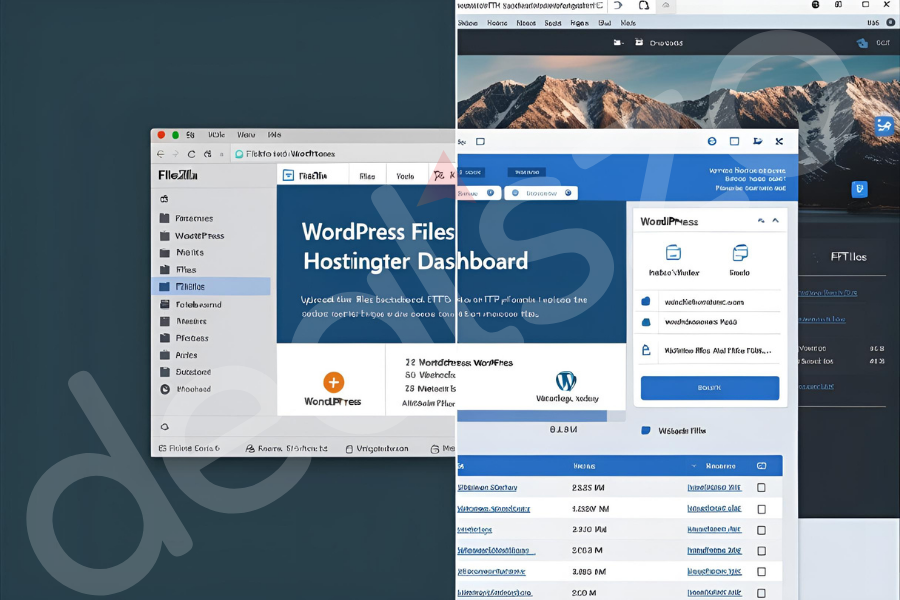Top Derivatives Trading Strategies Every Investor Should Know

Introduction to Derivatives Trading
In the fast-paced world of investing, derivatives have become a cornerstone for both institutional and retail traders. Whether you are looking to hedge your portfolio against market volatility, generate consistent income, or simply take advantage of price movements without committing large amounts of capital, derivatives trading opens up a wide range of possibilities. But what exactly are derivatives?
At their core, derivatives are financial contracts whose value depends on the price of an underlying asset. These assets can include stocks, commodities, indices, currencies, and even interest rates. Instead of directly buying or selling the underlying asset, traders use derivatives to speculate or hedge against future price movements.
One of the most popular forms of derivatives trading is options trading, which allows investors to buy or sell an asset at a specific price before or at expiration. Unlike traditional stock investing, options provide flexibility and strategic opportunities. With the right approach, traders can limit risks, enhance profits, and protect their portfolios.
HG Markets, a trusted financial services provider, offers investors access to global derivatives markets, robust trading platforms, and professional support. By leveraging their expertise, investors can trade confidently and explore advanced strategies that fit their investment goals.
Understanding the Basics of Options Trading
Options are perhaps the most widely known derivative contracts. They are attractive to investors because of their versatility in both bullish and bearish markets. To understand options trading, we must break down its two main types: calls and puts.
Call Options Explained
A call option gives the holder the right, but not the obligation, to buy an underlying asset at a predetermined price, known as the strike price, within a set time frame. Investors typically purchase call options when they expect the price of the asset to rise.
For example, imagine an investor believes that Company X’s stock, currently trading at $50, will rise to $60 in the next three months. Instead of buying the stock outright, the investor purchases a call option with a strike price of $50. If the stock price rises as expected, the call option increases in value, and the investor profits.
Call options allow traders to benefit from rising prices without committing significant capital upfront.
Put Options Explained
A put option works in the opposite way. It gives the holder the right, but not the obligation, to sell an underlying asset at the strike price within a specified period. Traders use puts when they expect the price of an asset to decline.
For instance, if an investor owns stock in Company Y at $70 per share but fears a potential downturn, they could buy a put option at $65. If the stock price drops to $55, the put option helps offset losses.
This makes put options a powerful risk management tool, often referred to as “portfolio insurance.”
How Options Differ from Other Derivatives
Unlike futures contracts, which obligate both parties to buy or sell at a set price and date, options provide flexibility. The buyer can choose to exercise the contract or let it expire worthless. This unique feature makes options trading especially appealing for both speculative and hedging strategies.
Key Benefits of Derivatives Trading
Why do investors turn to derivatives? The answer lies in the unique advantages they offer over traditional investments.
Risk Management and Hedging
One of the most significant benefits of derivatives trading is its ability to hedge risks. For example, a farmer can lock in crop prices months before harvest, or an investor can protect their stock portfolio from market downturns by using put options. Hedging with derivatives reduces uncertainty and ensures more predictable outcomes.
Leverage and Capital Efficiency
Derivatives allow investors to control large positions with relatively small amounts of money. This leverage magnifies both profits and losses, making it a double-edged sword. For instance, buying 100 shares of stock might cost $5,000, but an options contract on the same stock may only require $500.
Leverage makes derivatives trading attractive, but it requires careful risk management.
Diversification in an Investment Portfolio
Derivatives provide access to a wide range of asset classes, from commodities like gold and oil to indices and currencies. This diversification helps investors spread risks across different markets. By including derivatives, portfolios become more resilient to economic downturns and market volatility.
Common Risks in Derivatives and Options Trading
While derivatives trading offers great potential, it is not without risks. Being aware of these risks is crucial before stepping into the market.
Market Volatility and Price Fluctuations
Derivatives are highly sensitive to price movements in the underlying asset. Sudden shifts in stock prices, interest rates, or commodity values can result in large gains—or equally large losses. This volatility makes derivatives profitable for skilled traders but risky for beginners.
Leverage-Related Risks
Leverage is both a strength and a weakness in derivatives trading. Small price movements can generate outsized profits, but they can also wipe out an account quickly. For example, a 5% drop in the underlying asset might translate to a 50% loss in the derivative contract.
Counterparty and Liquidity Risks
In some markets, derivatives are traded directly between parties rather than on an exchange. This creates counterparty risk—the possibility that the other party won’t honor their obligations. Additionally, some derivatives are less liquid, making it difficult to exit a position quickly without significant price impact.
To minimize these risks, working with reliable platforms like HG Markets ensures that investors have access to transparent, regulated markets with robust security.
Top Derivatives Trading Strategies for Investors
Once the basics and risks are understood, it’s time to explore actual strategies investors can use in derivatives and options trading.
Hedging with Futures and Options
Hedging protects portfolios from losses. For example, an investor holding a stock portfolio might purchase put options to guard against a market downturn. Similarly, a commodity producer might use futures contracts to lock in selling prices in advance.
Hedging ensures stability, making it one of the most common strategies in derivatives trading.
Covered Call Strategy
The covered call is a favorite among options traders. It involves holding a stock while selling a call option on the same stock. This allows investors to earn premiums from selling the option while still benefiting from owning the stock.
If the stock remains below the strike price, the investor keeps both the stock and the premium. If it rises above the strike price, the stock may be sold, but profits are still locked in.
Protective Put Strategy
A protective put works like an insurance policy. Investors buy a put option on stocks they already own. If the stock price drops, the put option gains value, offsetting potential losses. This strategy is ideal for investors who want downside protection while remaining exposed to potential gains.
Straddle and Strangle Strategy
These strategies are designed for volatile markets.
- A straddle involves buying a call and a put option at the same strike price.
- A strangle involves buying a call and put option at different strike prices.
Both allow traders to profit from significant price movements in either direction, making them effective around events like earnings reports or policy announcements.
Spread Trading Strategy
Spreads involve buying one option while selling another to reduce overall costs. For instance, a bull call spread involves buying a lower strike call option and selling a higher strike call option. This reduces upfront costs while limiting potential profits and losses.
Spread trading provides balance, making it suitable for cautious investors.
FAQs on Derivatives and Options Trading
What is the safest derivatives trading strategy?
The protective put is often considered the safest. It allows investors to protect against downside risk while still benefiting from potential gains.
How does HG Markets help with derivatives trading?
HG Markets offers access to advanced trading platforms, market insights, and investor education. Their professional guidance helps traders make informed decisions while minimizing risks.
Can beginners start with options trading?
Yes, beginners can start with simple strategies like covered calls or protective puts. These approaches are less risky and help build confidence before moving into advanced strategies.
What is the main difference between options and futures?
Options give the right, but not the obligation, to buy or sell an asset, while futures obligate both parties to complete the transaction at a set price and date.
How much capital is needed for derivatives trading?
Capital requirements vary depending on the type of derivative and strategy used. Some options contracts require as little as a few hundred dollars, while futures contracts may need more. With proper leverage, even small investors can participate.
Conclusion
Derivatives trading, especially options trading, has become an essential part of modern investing. From hedging risks to generating steady income, the right strategies can transform how investors manage their portfolios. While the risks are real, proper education, discipline, and support from trusted partners like HG Markets make derivatives trading accessible and profitable for investors at all levels.








